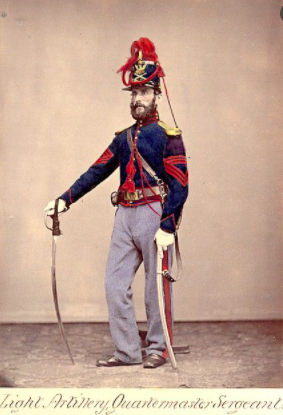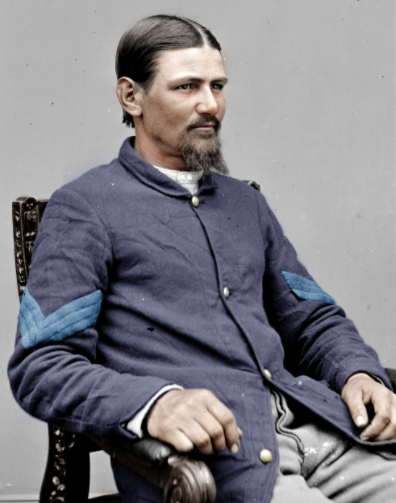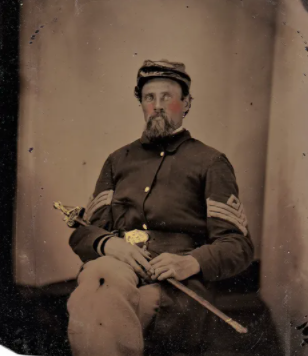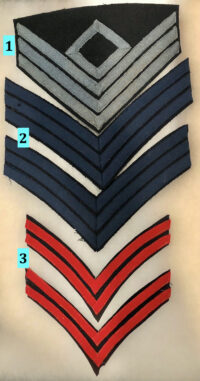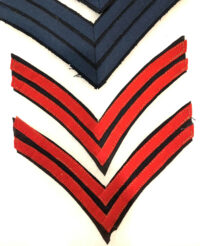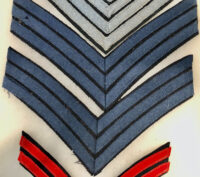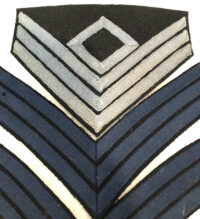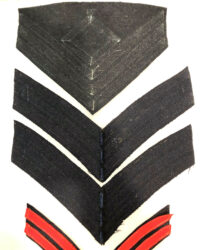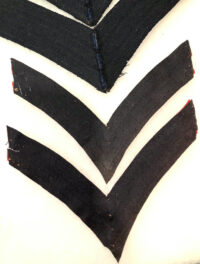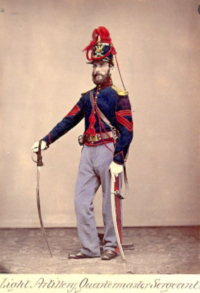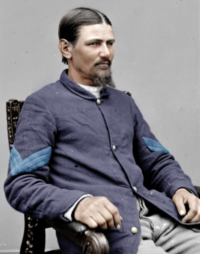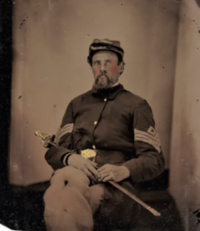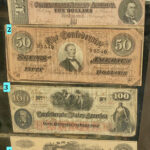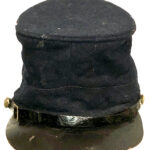Original Civil War Federal Army Rank Chevrons
Original Civil War Federal Army Rank Chevrons – These chevrons are fine examples of Civil War period, U.S. Army, infantry and artillery chevrons:
1 – This rare, single, infantry, first sergeant chevron remains in very good condition; the worsted wool, sky blue “stripes” are affixed to a dark blue, kersey wool backing, via chain stitching. The colors of the actual chevrons and dark blue backing remain vivid, with little to no fading. SOLD
2 – The infantry sergeant’s chevrons’ “stripes” are constructed of a medium blue, worsted wool, chain stitched on to a dark blue, kersey wool backing. The colors of the actual chevrons and dark blue backing remain vivid, with little to no fading. This fine pair of chevrons remains in excellent condition, exhibiting one, very small, insect nip. SOLD
3 – The artillery corporal chevrons are also in excellent condition, retaining their bright red, original color, with no evidence of fading. The red wool composing the chevrons is a flat, mat wool, chain stitched to a dark blue, kersey wool backing. SOLD
“Between 1821 and 1895, the U.S. Army insignia of rank for enlisted soldiers above the grade of private was generally the chevron—a “V”-shaped piece of cloth or braid, typically worn on the sleeve. With exceptions from 1832 to 1846 (when chevrons were abolished), and from 1847 to 1851 (chevrons worn points up), the chevrons were worn point down.
From 1821 to 1832 enlisted personnel (except staff, artillery, and engineers) wore dark blue “wings” trimmed in yellow (infantry, in white) on each shoulder and a horizontal row of four gold (infantry, silver) buttons on each cuff. Additionally, senior NCOs (quartermaster sergeant, sergeant major, drum major, and fife major) wore a single point-up yellow (infantry, white) chevron on each upper sleeve (from 1825 a chevron and arc), sergeants wore their chevrons on the lower sleeves (from 1825 on the upper sleeves), corporals had just a single chevron on the right upper sleeve (but from 1825 one chevron on both lower sleeves). This system echoed the grade system of company grade officers from 1821 to 1832 (except General Staff, artillery, engineer and field officers who wore epaulettes instead of ‘wings’).” (Emerson, William K. Encyclopedia of United States Army Insignia and Uniforms, University of Oklahoma Press, Norman – London, 1996, p. 14-15)
“Complementary, for undress a new system of yellow (infantry: white) chevrons was introduced in 1846. In 1846 the chevrons were point down, from 1847 to 1851 they were point up. All sergeants were indicated by three chevrons: Sgt. Maj. and Qm. Sgt. additionally with a gold shoulder cord (1846), but from 1847 instead three chevrons with three arcs below for Sgt. Maj., for Qm.Sgt. with three bars below. Orderly Sgt. (i.e. First Sgt.) in 1846 three chevrons and a red worsted waist sash, from 1847 a hollow diamond below the three chevrons and no waist sash. Corporals wore two chevrons, privates none; however, in 1851, the Army changed to point down wear for all enlisted grades and directed that chevrons would be worn in the new branch-of-service colors of: sky blue for the infantry, dark green for riflemen and mounted rifles, orange for dragoons (from 1851-1861), yellow for cavalry, red for artillery, and green for the medical department.” (Perrenot, Preston B. 2011. United States Army Grade Insignia Since 1776, Revised ed., CreateSpace Independent Publishing Platform. p. 26.)
